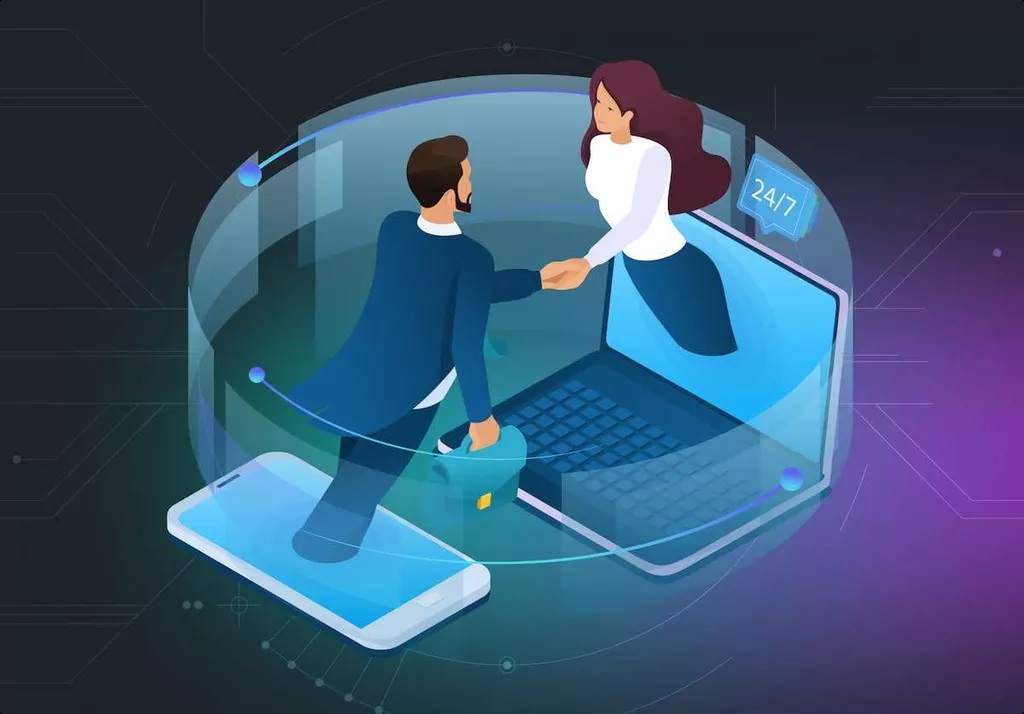Chatbots vs conversational AI: whats the difference?
Comparison of Chatbots vs Conversational AI in 2024
Businesses worldwide are increasingly deploying chatbots to automate user support across channels. However, a typical source of dissatisfaction for people who interact with bots is that they do not always understand the context of conversations. In fact, according to a report by Search Engine Journal, 43% of customers believe that chatbots need to improve their accuracy in understanding what users are asking or looking for. Most chatbots and conversational AI solutions require an internet connection to function optimally, as they rely on cloud-based processing and access to knowledge bases. However, some chatbots may have limited offline functionalities based on predefined responses.
These technologies allow chatbots to understand and respond to all types of requests. Rule-based chatbots are relatively easier and less expensive to develop and deploy due to their simplicity and predefined nature. However, as the scope of interactions expands or updates are needed, maintenance can become cumbersome and costly.
Conversational AI for scaling support
In fact, about one in four companies is planning to implement their own AI agent in the foreseeable future. Conversational AI and other AI solutions aren’t going anywhere in the customer service world. In a recent PwC study, 52 percent of companies said they ramped up their adoption of automation and conversational interfaces because of COVID-19. Additionally, 86 percent of the study’s respondents said that AI has become “mainstream technology” within their organization. Both types of chatbots provide a layer of friendly self-service between a business and its customers.

When it comes to personalizing customer experiences, both chatbots and conversational AI play crucial roles. They enhance engagement by tailoring interactions to individual preferences, needs and behaviors. Whether you use rule-based chatbots or some type of conversational AI, automated messaging technology goes a long way in helping brands offer quick customer support.
Automated support
They’ve also cut resolution time by 19 hours and increased customer satisfaction nearly 20%. And as the company continues to grow, they can offer a personalized approach and consistent brand presence wherever they go next. See how Conversational AI can provide a more nuanced and effective customer service experience. From multi-intent recognition to natural language understanding, witness the future of interaction. Conversational AI takes personalization to the next level through advanced machine learning.
Krista enables automated workflows to streamline business and sales processes. Krista’s conversational AI provides agents the ability to ask customers are coming up for renewal within a certain period. Krista then responds with the relevant customer and sends renewal quotes to the customers and logs the activity into Salesforce.com.
The impact of chatbots and conversational AI
It may be helpful to extract popular phrases from prior human-to-human interactions. If you don’t have any chat transcripts or data, you can use Tidio’s ready-made chatbot templates. In a similar fashion, you could say that artificial intelligence chatbots are an example of the practical application of conversational AI. Zendesk’s adaptable Agent Workspace is the modern solution to handling classic customer service issues like high ticket volume and complex queries. Customer service teams handling 20,000 support requests on a monthly basis can save more than 240 hours per month by using chatbots.
- To get a better understanding of what conversational AI technology is, let’s have a look at some examples.
- Krista then responds with the relevant customer and sends renewal quotes to the customers and logs the activity into Salesforce.com.
- My expertise includes AI/ML, Crypto and NFT markets, Blockchain development, AR/VR, Web3, Metaverses, Online Education startups, CRM, and ERP system development, among others.
- The program chooses how to respond to you fuzzily, and contextually, the whole of your conversation being compared to the millions that have taken place before.
- Even when you are a no-code/low-code advocate looking for SaaS solutions to enhance your web design and development firm, you can rely on ChatBot 2.0 for improved customer service.
Poncho (although now defunct) was a well-known chatbot designed to deliver personalized weather updates and forecasts to users. Operating primarily through messaging platforms, Poncho engaged in friendly conversations to provide users with location-specific weather information and alerts. For instance, if a user types “schedule appointment,” the chatbot identifies the keyword “schedule” and understands that the user wants to set up an appointment. This keyword-based approach enables chatbots to understand user intent and provide appropriate assistance. Simply put, chatbots follow rules like assistants with a script, while conversational AI engages in genuine conversations, grasping language nuances for a more interactive and natural experience. SendinBlue’s Conversations is a flow-based bot that uses the if/then logic to converse with the end user.
Companies are continuing to invest in conversational AI platform and the technology is only getting better. We can expect to see conversational AI being used in more and more industries, conversational ai vs chatbot such as healthcare, finance, education, manufacturing, and restaurant and hospitality. There are several reasons why companies are shifting towards conversational AI.
